On June 20, 1782, the United States adopted the Great Seal. It had taken six years, three committees, and the work of 14 men.
The history of the Great Seal dates back to July 4, 1776, the day America declared its independence from Great Britain. That same day, the Continental Congress appointed Benjamin Franklin, Thomas Jefferson, and John Adams to a special committee to design the country’s Great Seal or national emblem. The emblem was needed to seal, or sign, international treaties and transactions.
These three founding fathers knew little of heraldry design, so they enlisted the help of Pierre Eugene du Smitiere (who later designed the state seals of Delaware and New Jersey). They also each had their own ideas for the seal. Franklin suggested a scene from Exodus, Jefferson proposed an image of the Children of Israel, and Adams wanted to picture the Judgment of Hercules. In the end, they went with Smitiere’s more traditional design that included Liberty, Lady Justice, the Eye of Providence, and the motto E Pluribus Unum (Out of Many, One).
Though the committee presented Congress with their design, no further action was taken for three-and-a-half years. Then in March 1780, Congress appointed a second committee that consisted of James Lovell, John Morin Scott, and William Churchill Houston. They too sought help from an expert, Francis Hopkinson. He produced two similar designs for the seal, which included 13 diagonal red and white stripes, an olive branch, an Indian warrior, and Liberty.
Congress was unhappy with the design, but the committee didn’t take any further action. So two years later, Congress formed a third committee, consisting of John Rutledge, Arthur Middleton, Elias Boudinot, and Arthur Lee. This group also brought in a heraldic expert, William Barton. Barton’s designs included a woman, a warrior, an eagle, a phoenix in flames, a pyramid, and the radiant Eye of Providence.
After Congress turned down Barton’s designs, they enlisted Charles Thomson. They gave him everything submitted by the previous committees, and he would use elements from each of them in the final design. Thomson submitted his design to Congress on June 20, 1782, and it was accepted that same day. The seal was then cut on a brass die and first used on a document that September.
Click here to see the other proposed versions of the seal, plus even more history.
| FREE printable This Day in History album pages Download a PDF of today’s article. Get a binder or other supplies to create your This Day in History album. |
Discover what else happened on This Day in History.

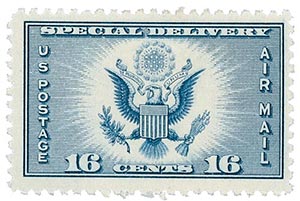

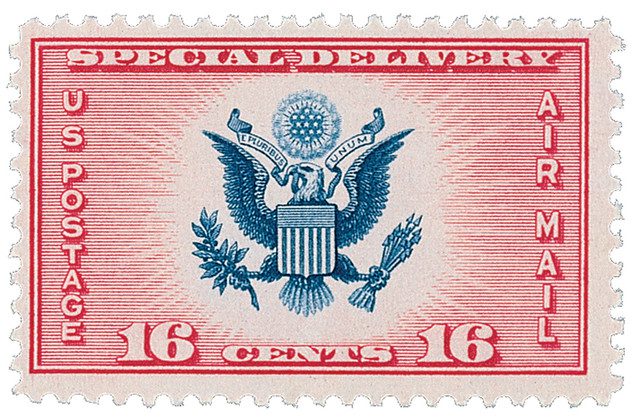

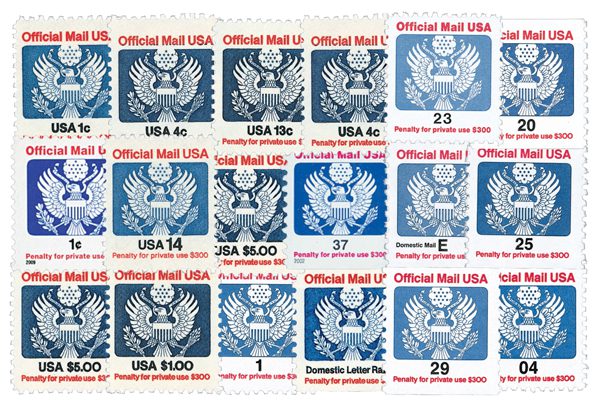
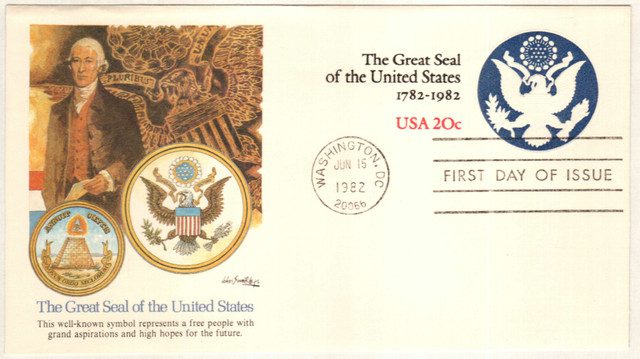
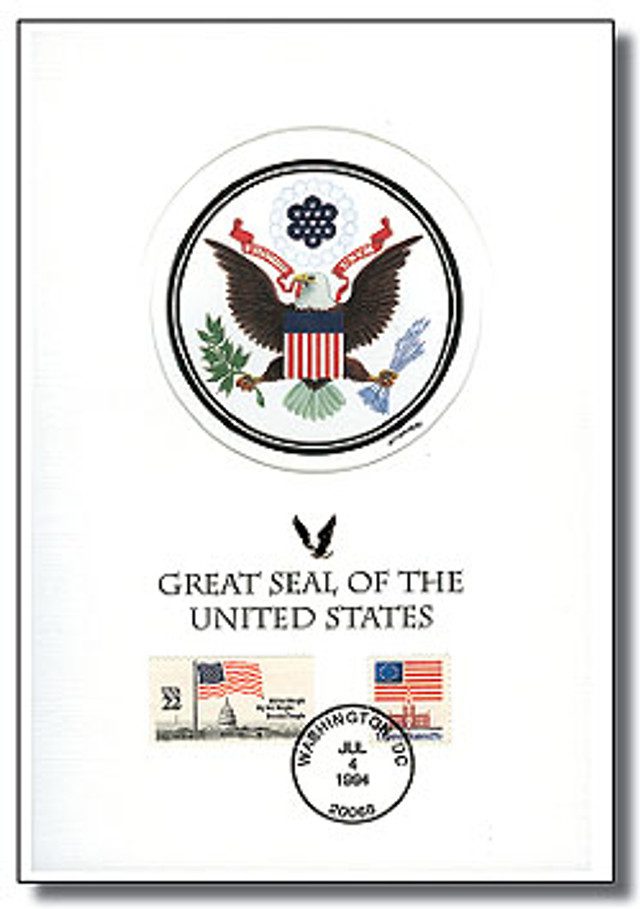
Nice work by the founding fathers.